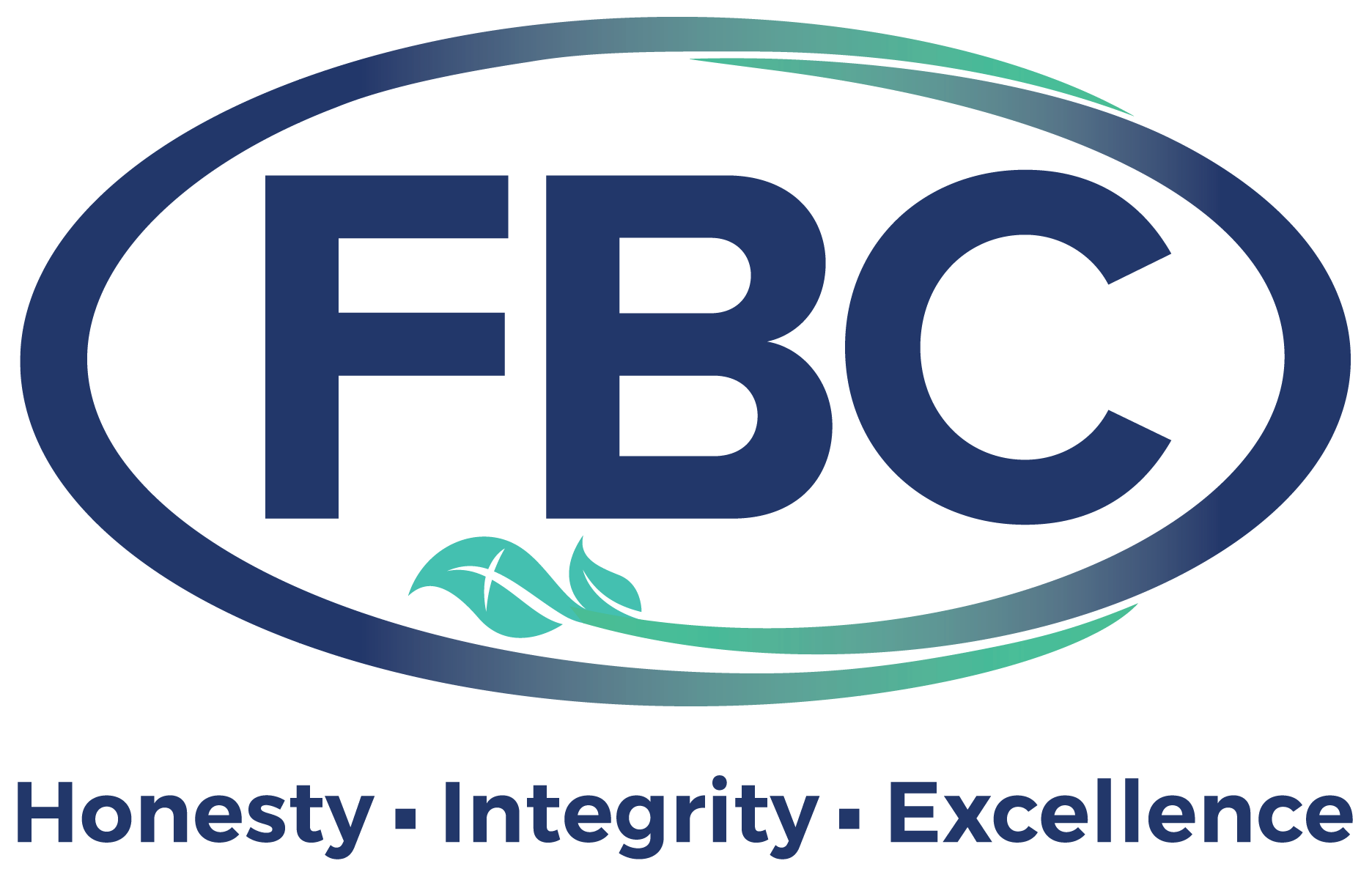Employer health plans are a cornerstone of employee benefits. But what if your company accidentally violates one of the 46+ federal laws that regulate them? Picture this: an audit uncovers gaps in your documentation. Imagine a compliance misstep that leads to massive fines. These situations are more common than many HR professionals realize.
At FBC, we’ve seen how navigating this complex web of regulations can be overwhelming. Even the most seasoned HR leaders can find compliance challenging.
The good news? Automated solutions can simplify the process. They help you stay compliant while meeting the evolving needs of your workforce.
Let’s dive into some key compliance tips. Let’s explore ways to make managing employer health plans easier and more efficient.
Why Employer Health Plans Are So Complex
The Legal Maze of Health Plan Compliance
Employer health plans fall under a staggering number of laws. The complicated network of regulations they are subject to include:
- Affordable Care Act (ACA): Establishes minimum coverage and affordability standards.
- Employee Retirement Income Security Act (ERISA): Regulates plan standards and fiduciary responsibilities.
- Health Insurance Portability and Accountability Act (HIPAA): Protects employee health information.
- Consolidated Omnibus Budget Reconciliation Act (COBRA): Provides continuation coverage for former employees.
Add state regulations, and you will have a recipe for confusion. With so many moving parts, HR teams need a structured approach to compliance.
Why Compliance Matters More Than Ever
Staying compliant is not just about avoiding financial penalties. It’s about protecting your employees and your company’s reputation. When compliance issues arise, they can lead to:
- Expensive fines: Non-compliance with ACA affordability rules alone can cost thousands per employee.
- Employee dissatisfaction: Poorly managed health plans create confusion and reduce trust.
- Legal troubles: Lawsuits and audits can consume valuable time and resources.
Key Compliance Tips for HR Leaders
1. Stay Updated with Regulatory Changes
One of the biggest compliance hurdles is keeping up with frequent law changes. A client missed a crucial ACA update, leading to late filings and costly penalties. Automated HR tools can help by:
- Sending alerts when regulations change.
- Integrating updates directly into benefits management systems.
2. Leverage Automated Tools for Documentation
Accurate record-keeping is essential for passing audits. Automated systems streamline this process by:
- Tracking enrollment data and coverage details.
- Generating compliance reports for audits.
- Ensuring retention policies align with legal requirements.
Clients reported significantly reducing audit prep time after switching to an automated system.
3. Manage Open Enrollment with Clear Communication
Open enrollment is a high-risk period for compliance errors. Automated communication tools help mitigate risks by:
- Sending timely reminders about deadlines.
- Providing real-time enrollment tracking to detect issues early.
- Offering FAQs and chatbot support to answer employee questions.
When employees clearly understand their options, they make informed choices. That reduces the likelihood of disputes.
4. Personalize Benefits to Fit Diverse Needs
Today’s workforce is more diverse than ever. Offering a one-size-fits-all health plan no longer cuts it. Automated HR tools can analyze employee data to:
- Identify trends in benefits usage.
- Recommend tailored plan options for different employee demographics.
- Track satisfaction levels to refine future offerings.
Companies using automated survey tools can collect employee feedback. They can use that data to customize their health plans. The result? A substantial increase in employee satisfaction.
5. Prioritize Data Security for HIPAA Compliance
Health plans handle sensitive personal data, making security a top priority. HIPAA violations can be costly, but automated security tools can help by:
- Encrypting personal health information (PHI).
- Restricting access to authorized personnel only.
- Maintaining access logs for audit purposes.
Many of our clients have transitioned to automated data security systems. Clients switching to automated systems can expect fewer security incidents.
Overcoming Common Compliance Challenges
Multi-State Regulations
Companies operating in multiple states face additional complexities. Each state has its own regulations for:
- Minimum coverage requirements.
- Leave policies.
- Privacy laws.
Automated systems can adjust policies automatically based on employee location, ensuring consistent compliance.
ACA Mandate Tracking
The ACA requires large employers to meet affordability and minimum essential coverage standards. Automated solutions help by:
- Tracking hours worked to determine full-time status.
- Filing forms 1094-C and 1095-C on time.
- Identifying at-risk employees who may fall below the affordability threshold.
How Automated Solutions Drive Better Compliance
Automated HR solutions don’t just prevent compliance errors; they also enhance efficiency. Key benefits include:
- Reduced administrative workload: Less time spent on paperwork means more time for strategy.
- Greater accuracy: Automated systems significantly reduce human error.
- Faster response to changes: Real-time updates keep you ahead of compliance shifts.
Employer Health Plans: Key Points
- Employer health plans are governed by over 46 federal laws plus state regulations.
- Staying compliant protects your company from fines, legal risks, and reputation damage.
- Automated HR tools streamline documentation, reporting, and communication.
- Personalizing benefits improves employee satisfaction and retention.
- Data security is critical for HIPAA compliance.
In today’s fast-changing regulatory environment, automation isn’t just helpful. It’s essential. FBC specializes in helping companies implement automated HR solutions. We want to ensure adaptability and help companies adapt to evolving compliance needs. Let us help you stay ahead of the curve.

